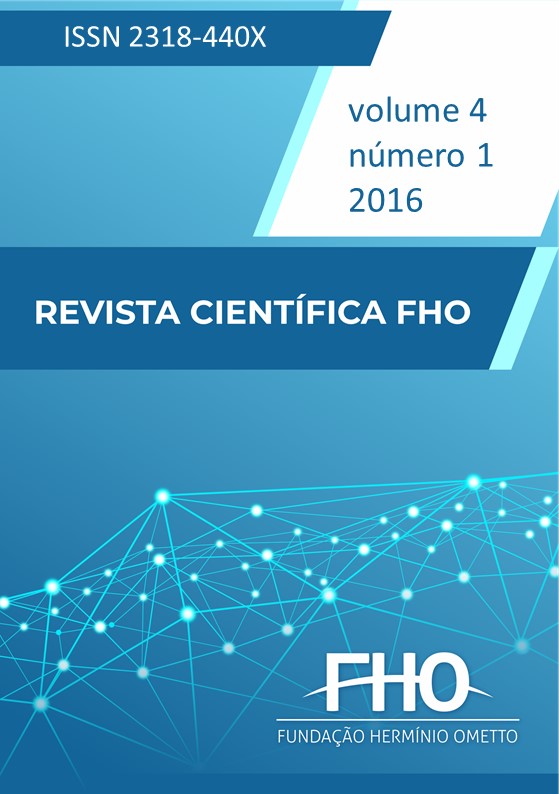Abstract
This article seeks to contribute to the debate about the importance of literary art in the integral formation of reflexive, creative, participatory and autonomous individuals, as Brazilian official documents postulate in their speeches. We present the mismatch that exists in Brazil between the goals desired by the Government and the current practice in schools – Institutions that should fully train their students and, as part of this training, promote literary readers, but do not do so because of various problems , among which we highlight: the derisory time for literature in the curriculum of Basic Education and the deficiency in the degree courses in Languages and Pedagogy in the developmental psychology and children's and youth literature, basic knowledge and markedly needed to deal with the public (children, teens and young people).
References
BARBOSA, J. A. Literatura Nunca é Apenas Literatura. Série Idéias, n. 17. São Paulo: FDE, 1994. p. 21-26. Disponível em: http://www.crmariocovas.sp.gov.br/lei_a.php?t=013. Acesso em: 14 abr. 2011.
BRASIL. Ministério da Educação e do Desporto. Secretaria de Educação Fundamental. Referencial Curricular Nacional para a Educação Infantil. Brasília: MEC/SEF, 1998. v. 3.
BRASIL. Ministério da Educação. Secretaria da Educação Fundamental. Parâmetros Curriculares Nacionais: Introdução aos Parâmetros Curriculares Nacionais. 3. ed. Brasília: A Secretaria, 2001a.
BRASIL. Ministério da Educação. Secretaria da Educação Fundamental. Parâmetros Curriculares Nacionais: Língua Portuguesa. 3. ed. Brasília: A Secretaria, 2001b.
BRASIL. Lei n. 12.244, de 24 de maio de 2010. Dispõe sobre a universalização das bibliotecas nas instituições de ensino do País. Diário Oficial [da] União, 25 maio de 2010. Disponível em: http://www.planalto.gov.br/ccivil_03/_ato2007-2010/2010/lei/l12244.htm. Acesso em: 30 abr. 2017.
CADEMARTORI, L. O que é literatura infantil. 5. ed. São Paulo: Brasiliense, 1991. (Coleção Primeiros Passos, 163).
CUNHA, M. A. A. Balanço dos anos 60/70. In: SERRA, E. D’A. (Org.). 30 anos de literatura para crianças e jovens: algumas leituras. Campinas, SP: Mercado das Letras: Associação de leitura do Brasil, 1998. (Coleção Leituras no Brasil).
LAJOLO, M. Literatura: leitores e leitura. São Paulo: Moderna, 2001.
MACHADO, A. M. Silenciosa algazarra: reflexões sobre livros e práticas de leituras. São Paulo: Companhia das Letras, 2011.
POSSENTI, S. Pragas da Literatura. Série Idéias, n. 13. São Paulo: FDE, 1994. p. 27-33. Disponível em: http://www.crmariocovas.sp.gov.br/lei_a.php?t=006. Acesso em: 17 abr. 2015.
SILVA, E. T. da. A Leitura no Contexto Escolar. Série Idéias, n. 5. São Paulo: FDE, 1988. p. 63-70. Disponível em: http://www.crmariocovas.sp.gov.br/lei_a.php?t=006. Acesso em: 17 abr. 2015.
SORIANO, M. Guide de littérature pour la jeunesse: courrants, problèmes, choix d’auteurs. Paris: Flammarion, 1975.
ZILBERMAN, R. Literatura Infantil: livro, leitura, leitor. In: ZILBERMAN, R (Org.). A produção cultural para a criança. Porto Alegre: Mercado Aberto, 1982, p. 93-115. (Novas Perspectivas, 3).

This work is licensed under a Creative Commons Attribution-NonCommercial 4.0 International License.
Copyright (c) 2016 Cristina Maria Vasques
